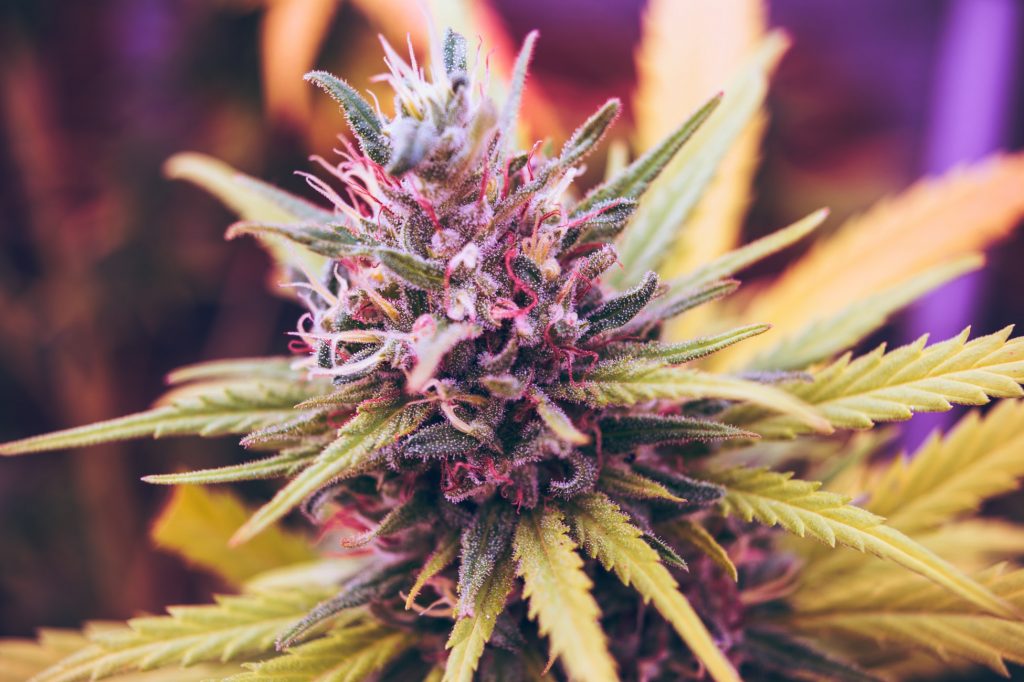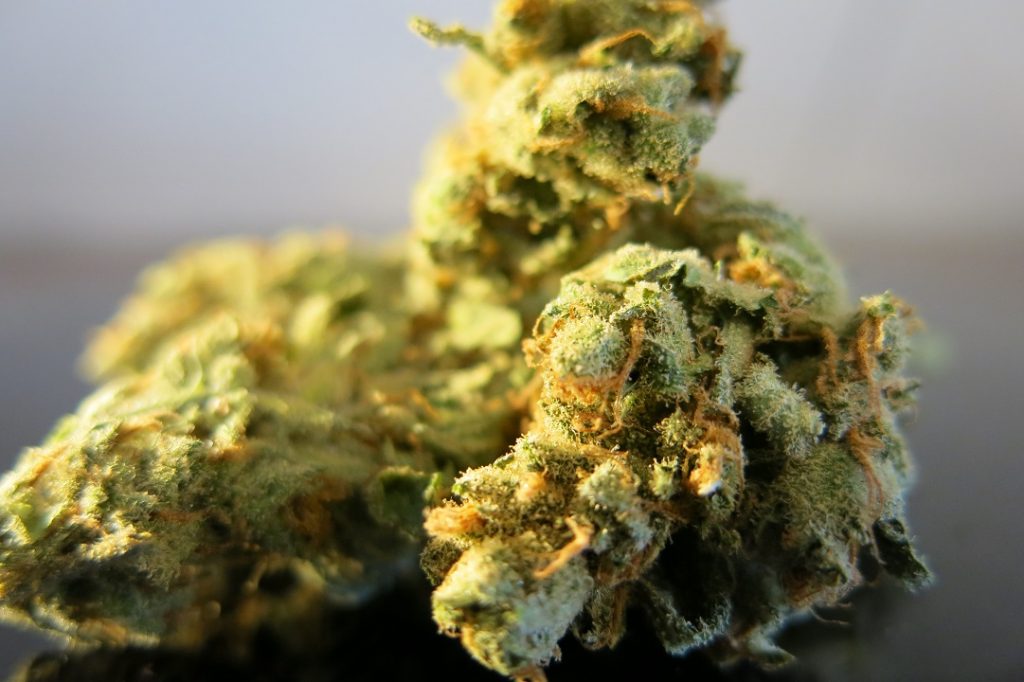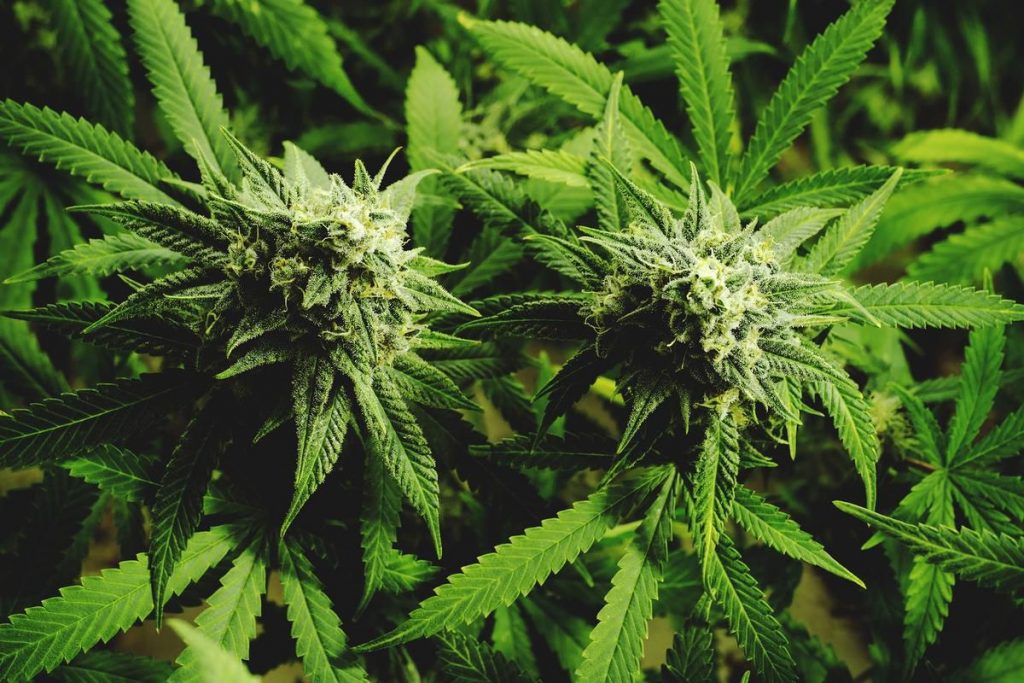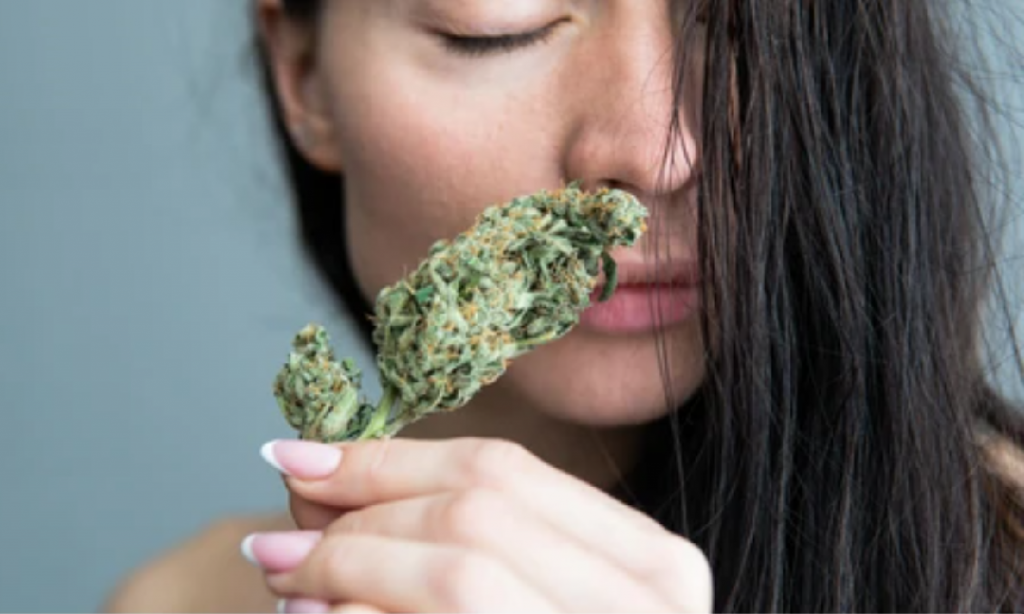LED grow lights work well when you use them as intended. That means utilizing the proper wattage output for your plants, hanging your light at the proper height, and giving your light a chance to rest after 18 hours of use.
With LEDs being a somewhat new technology, some old school growers may still be skeptical or curious if LED grow lights work. You don’t need to look far to determine the answer is a resounding yes.
What Are LED Grow Lights? Do They Work For Indoor Gardening?
Light Emitting Diodes (LEDs) are electrical devices that emit a spectrum of energy efficient light that can stimulate plant growth.
The spectrum of light they emit may be similar to the sun’s or have certain light spectrums that may stimulate plants at different stages of growth. LED grow lights can be used as the sole source of light for plants or as a supplement. This is the factor that makes it possible for people to have indoor vegetable gardens.
How Do LED Grow Lights Work?
LED grow lights use two different types of semiconductor materials to create their own spectrum of light. The first semiconductor has negative charges –electrons-, whereas the second one has positive charges called holes. They pass light energy through semiconductor chips to emit their spectrum of light unlike other grow lights which use filaments, gas, mercury or lead to produce light.
In comparison, LED grow lights are energy efficient, versatile and more durable than incandescent lights. In addition, they also better for the environment.
Is LED light good for plant growth?
When people say light, they usually refer to the part of the electromagnetic radiation spectrum that is visible to their eyes. However, there are certain wavelengths the human eye cannot detect that are very important for plants.
Such wavelengths that play a role in photosynthesis are known as photosynthetically active radiation (PAR). Different wavelengths within PAR stimulate plant growth or flowering at different stages and for different plants too.
The intensity of the lightwaves when they finally touch the plant surface is called Photosynthetic Photon Flux Density (PPFD). Ideally your grow light will have a strong PPFD value from 460 to 925 across your whole canopy.
By using LED grow lights, even people living in cities without yards can partake in some indoor gardening and produce food all year round. It is therefore imperative for people to be mindful of the food they eat. Gardening is a good way for people to control the quality of food they eat.





